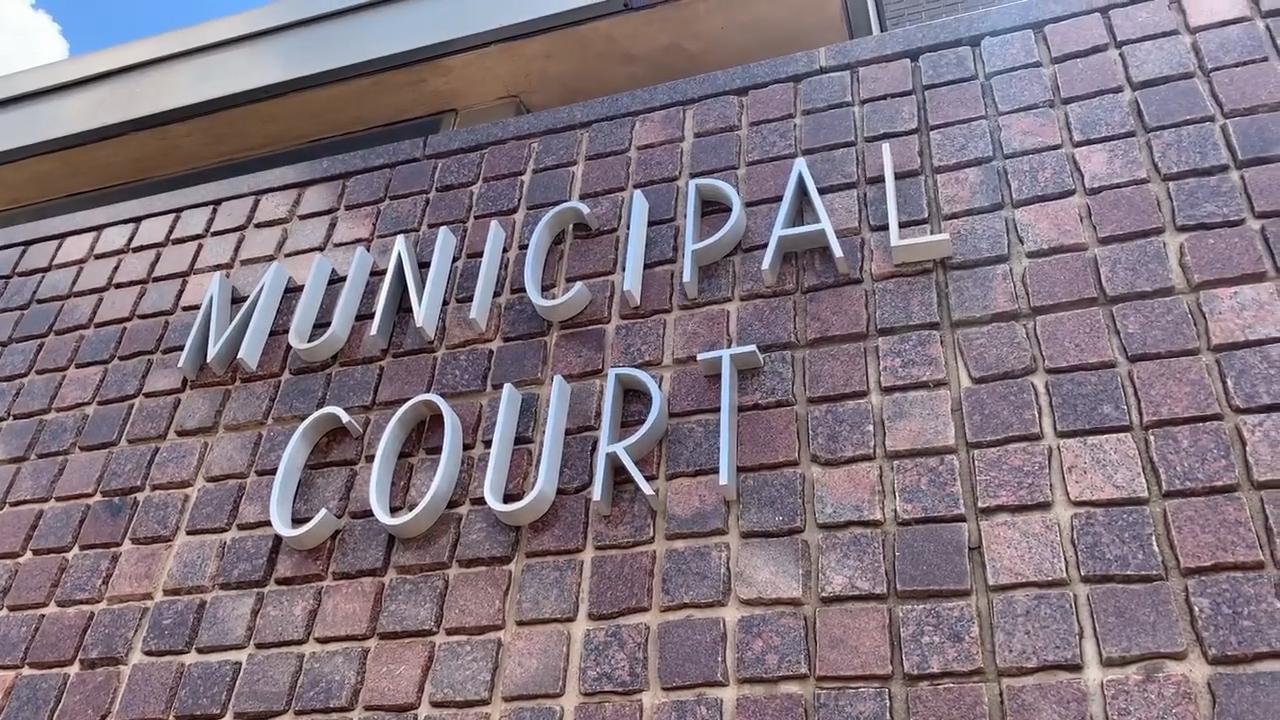ALBUQUERQUE, N.M. (AP) — New Mexico’s largest city is the latest to embark on upgrades to its portion of the historic Route 66 Highway.
Officials in Albuquerque want to see improvements to a barren stretch of Route 66 in an area that some complain is a forgotten part of the city, KRQE-TV reports .
City officials are eying a $2.3 million plan that would add medians, landscaping and lighting along the Mother Road west of downtown. Currently, there are no sidewalks, landscaping or bike lanes and very few street lights.
Albuquerque has the largest part of Route 66 in an urban area.
The move comes as an endangered federal program that has helped preserve the historic Route 66 Highway for two decades is set to end and federal legislation to designate Route 66 as a National Historic Trail remains stalled in Congress.
Earlier this year, Gallup, New Mexico, announced a plan to upgrade its Route 66 streetlights to LED lights. And various cities in Oklahoma also have embarked on Route 66 facelifts.
Route 66, also called the “Mother Road,” was created in 1926 after the Bureau of Public Roads launched the nation’s first federal highway system, bringing together existing local and state roads from Chicago through St. Louis to Los Angeles. Small towns opened shops, motels and gas stations to pump revenue into local economies just as the nation’s car culture took off.
One of the first roads in the U.S. highway system, it spanned more than 2,400 miles (3,862 kilometers). The highway ran through eight states, connecting tourists with friendly diners in small towns.
The route changed a number of times through the years. It eventually became less of a destination thanks to new interstate highways.
The World Monuments Fund in 2008 listed Route 66 on the “Watch List of 100 Most Endangered Sites.”




























